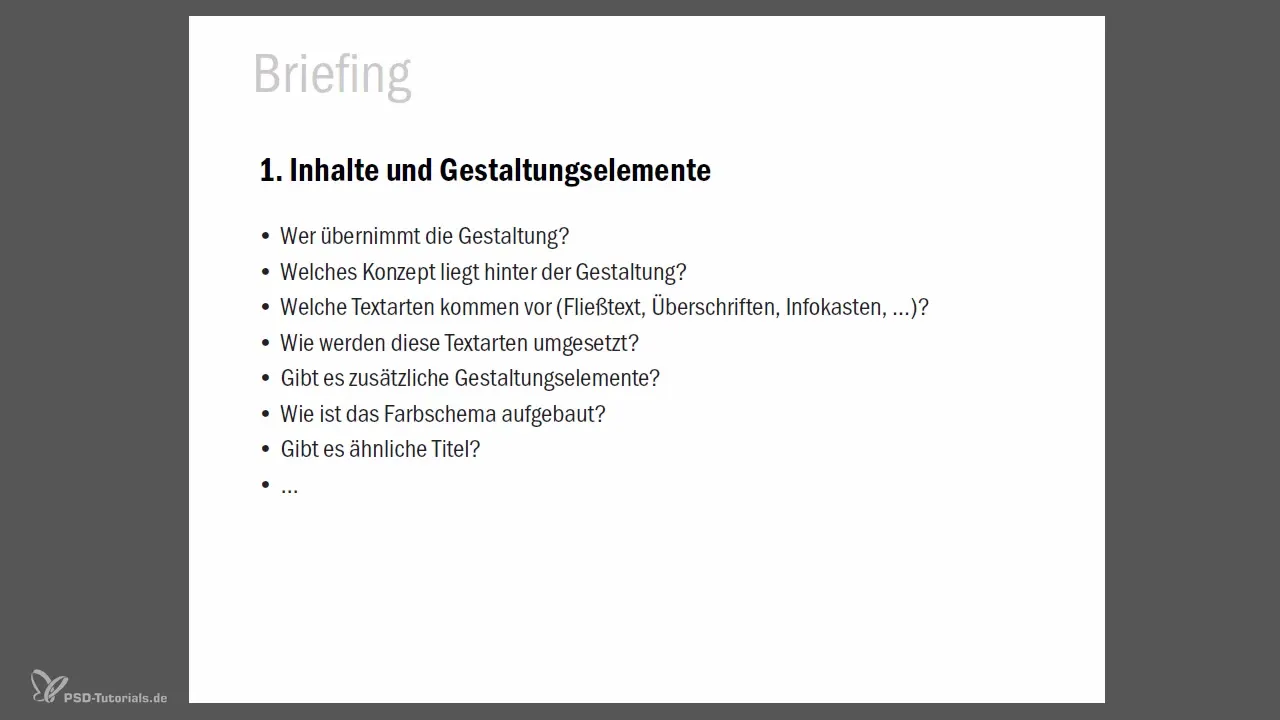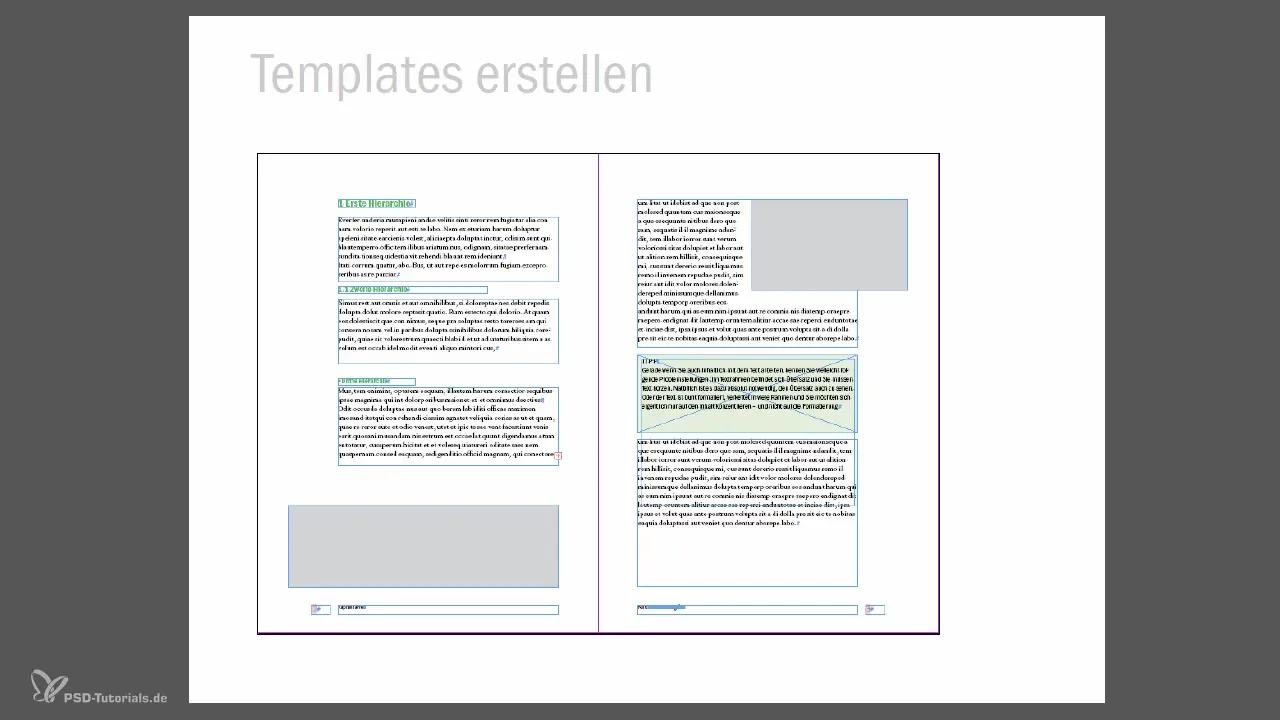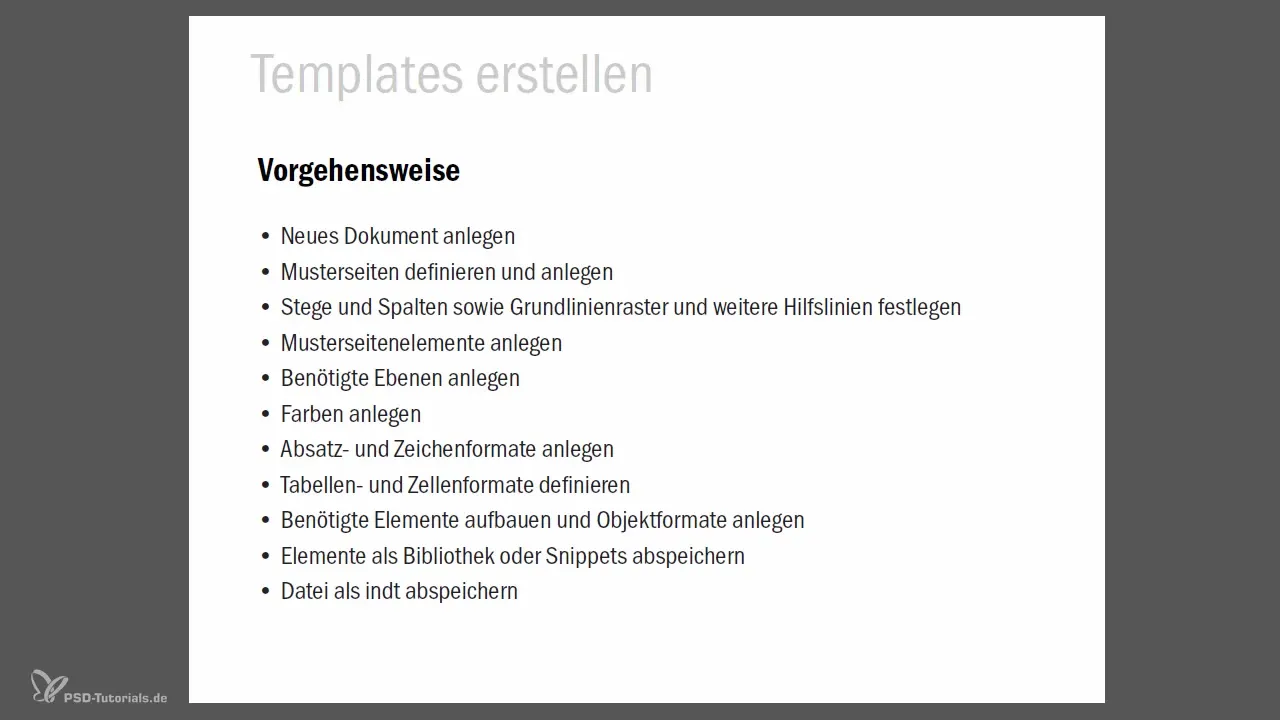The successful start of a major project in Adobe InDesign largely depends on thorough preparation. Before diving into the creative aspects of design, precise planning and a structured briefing are essential. This guide covers the key steps you should consider before the project start to ensure a smooth process.
Key insights
- An effective briefing forms the basis for project success.
- The creation of a template significantly optimizes the workflow.
- A clean folder structure, data organization, and backup are essential.
- Communication with the client is key to a successful project.
Step-by-Step Guide
1. Initial Client Meeting and Briefing
The first step to implementing a major project in Adobe InDesign is the client meeting. Here you discuss all relevant points and clarify the requirements. Ask the client about content, design elements, and technical requirements. The goal is to get a complete picture of the client's expectations and wishes.

2. Creation of the Folder Structure
A well-thought-out folder structure is crucial for maintaining an overview during the project. Create separate folders for source materials, drafts, corrections, and final files. Be consistent with file naming to facilitate retrieval.
3. Backup and Archiving
Regularly back up your work to prevent data loss. Establish a rhythm for backing up important documents, at least weekly or daily, depending on the project scope. This way, you can revert to previous versions in case of emergency.
4. Detailed Briefing
In detail, clarify the content and design elements. You should identify the person responsible for designing, whether this is done internally or externally. Also, clarify typography and color scheme to ensure visual harmony.

5. Technical Requirements
Discuss from the beginning which software version should be used. This is important if the files are to be returned to the client. Clarify the fonts used and their licenses, as well as any necessary plugins. These aspects can prevent problems later on.
6. Clarifying Additional Requirements
Are there already known requirements, such as digital versions or accessible PDFs? Also discuss any necessary indexes. It's helpful to address all these points in the briefing to avoid additional workload later on.
7. Wishes to the Client
Tell the client how you want to work together. Clarify, for example, whether the client wants to make corrections in PDF or print form. Additionally, it’s important to know if you can deliver the manuscripts chapter by chapter or if the client insists on specific deadlines.
8. Establishing Communication
Organize communication clearly and understandably. Who is the contact person on the client’s side and yours? Are there other people involved? Transparent communication is crucial for the project’s progress.
9. Template Creation
Once all points are clarified, start creating a template. This template should include all required formats and design elements. Using a template significantly speeds up the entire typesetting process.
10. Information for Template Creation
Gather all necessary information regarding page size, fonts, and font sizes. Consider whether these specifications can be developed by the client or through your design considerations.
11. Review and Optimize the Template
Thoroughly check the template. Ensure that it is adjusted to the current software version and that all desired functions are integrated.

12. Final Adjustments and Saving
Remove all unnecessary elements from the template file and save it as an indt file. Ensure that the structure and naming are clear to facilitate future work.

Summary
To initiate a successful project in Adobe InDesign, it is crucial to conduct a comprehensive briefing and create a well-structured template. Plan your steps carefully, ensure necessary communication, and keep an eye on technical requirements.
Frequently Asked Questions
How important is a thorough briefing?A thorough briefing is essential to clearly understand all client expectations and requirements.
Why is a template important?A template saves time and ensures uniform formats throughout the project.
How often should a backup be made?Ideally daily or weekly, depending on the scope and importance of the project.
How can I optimize communication with the client?Present clear points of contact and keep all parties updated on the project status regularly.

